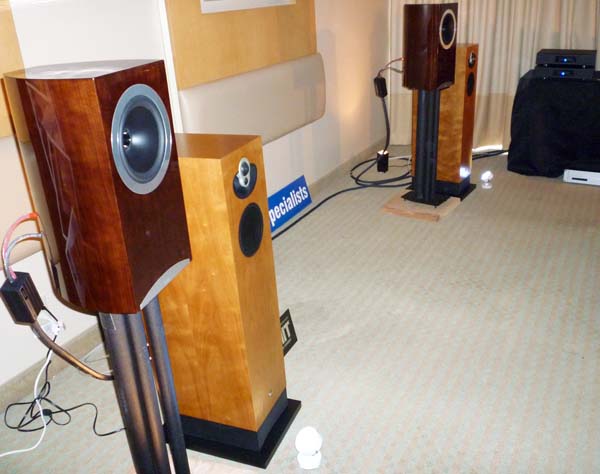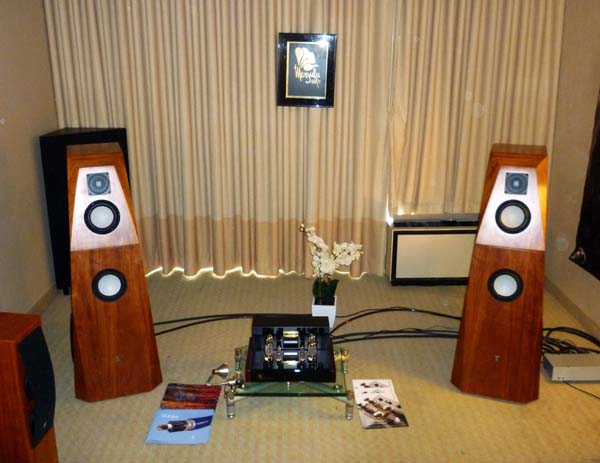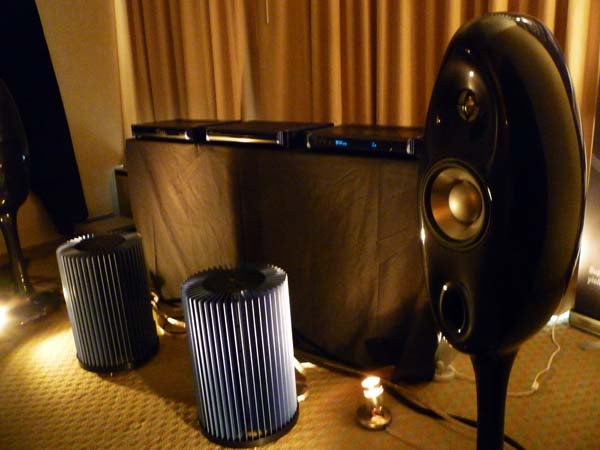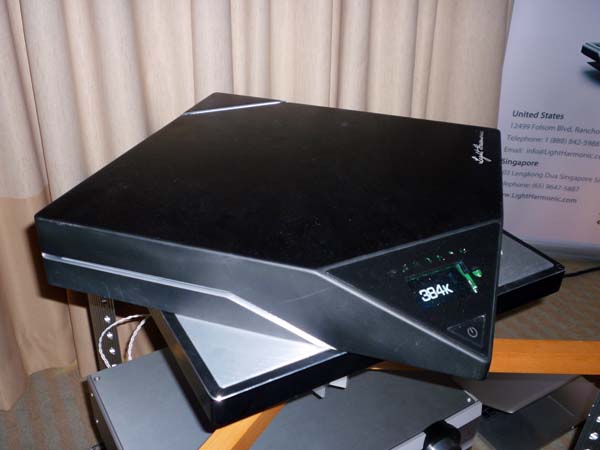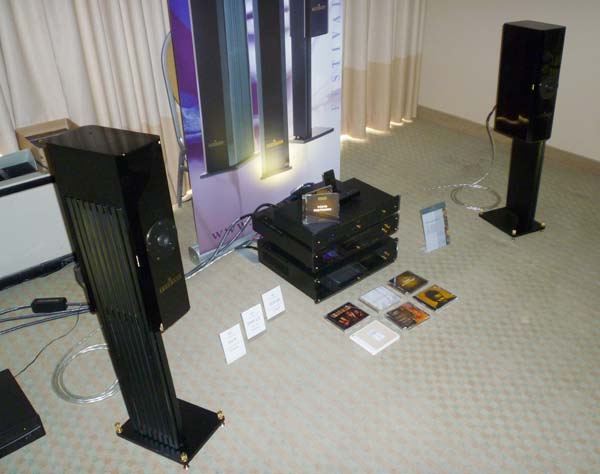LATEST ADDITIONS
Tannoy, Linn, and MIT
Margules Audio
Easy on the Eyes and Ears: Fritz Speakers, ModWright, Zesto, Thorens, WyWires
Love is the Thing: Sony, Pass, Parasound, Clearaudio
Nothing But Music: Luxman and Vivid
As I walked into the room, O’Hanlon explained that Raymond had been knocking everyone’s socks off with his vinyl selections.
“As much as I like the music I brought, I’m also kinda sick of it,” O’Hanlon chuckled. “What’s next, Raymond?”
Raymond dug through his bag of vinyl and handed O’Hanlon a record. The charming host took that record and placed it on Luxman’s PD-171 belt-drive turntable ($6200, including tonearm and dustcover), the first turntable to come from the Japanese company in 28 years.
MSB Technology, Vivid
MSB’s Vince Galbo explained that the company’s Data CD IV transport ($3995) was “intensely designed to read CDs like they’ve never been read before.”
Salk Sound, Van Alstine
Light Harmonic Da Vinci 384K
I noted generous scale, midrange detail, full body, and an overall effortlessness to the presentation of this system: Wilson Sophia loudspeakers, Pass Labs amplification, and the new Light Harmonic Da Vinci 384K USB DAC ($15,000 [NOTE: The actual retail price ended up at $20k-ed.]).


